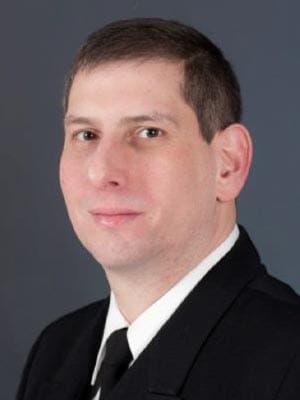Conference Speakers

Travis Polk MD
Director, DoD Combat Casualty Care Research Program
CAPT USN
Chair, Joint Program Committee-6
Director, Combat Casualty Care Research Program (CCCRP)
US Army Medical Research and Development Command (USAMRDC)
Defense Health Agency
Ft Detrick, MD
Captain Travis Polk has served as the Director of the Combat Casualty Care Research Program since July 2020.
As Director of the Combat Casualty Care Research Program and Chair of the Joint Program Committee-6, CAPT Polk is responsible for the strategic planning and management of the DoD science and technology investment that supports the development of knowledge and material solutions for combat-related trauma on the current and future battlefield. In this role, he exercises primary planning, programming, budgeting and execution of the integrated Combat Casualty Care research portfolio for the Defense Health Program and US Army (approximately $150 million in FY21), including programs in Neurotrauma, Prolonged Care , Severe Burns, En Route Care, Battlefield Resuscitation of Combat Casualties, Medical Photonics, Medical Simulation, and Medical Assist Support Technologies.
Following completion of surgical internship, CAPT Polk served as Medical Officer for USS FORT MCHENRY (LSD-43) homeported in Sasebo, Japan completing several underway deployments with the Forward Deployed Naval Forces in the western Pacific from 2002-2004. He returned to Japan to serve as a staff general surgeon at the Naval Hospital Okinawa from 2008-2010 and also deployed to Afghanistan with a forward surgical team supporting Army Special Operations Forces. From 2012-2017, CAPT Polk served as the Surgical Director of the Healthcare Simulation and Bioskills Training Center and Program Director for Wounded Warrior Care at Naval Medical Center Portsmouth. During this time, CAPT Polk also established a translational research experience for the general surgery residency program and a military-civilian trauma partnership with Eastern Virginia Medical School.
